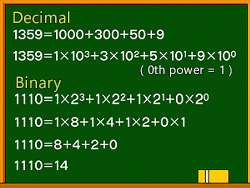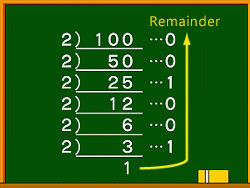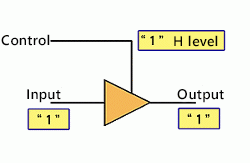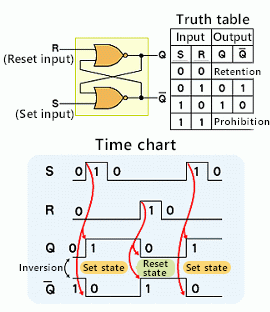- 型号 & 关键词搜索
- 交叉搜索
- 参数搜索
- 库存查询与购买
This webpage doesn't work with Internet Explorer. Please use the latest version of Google Chrome, Microsoft Edge, Mozilla Firefox or Safari.
请输入3个以上字符 Search for multiple part numbers fromhere.
The information presented in this cross reference is based on TOSHIBA's selection criteria and should be treated as a suggestion only. Please carefully review the latest versions of all relevant information on the TOSHIBA products, including without limitation data sheets and validate all operating parameters of the TOSHIBA products to ensure that the suggested TOSHIBA products are truly compatible with your design and application.Please note that this cross reference is based on TOSHIBA's estimate of compatibility with other manufacturers' products, based on other manufacturers' published data, at the time the data was collected.TOSHIBA is not responsible for any incorrect or incomplete information. Information is subject to change at any time without notice.
请输入3个以上字符
逻辑电路:异或(XOR)电路

通过结合以上所述基本逻辑电路,可以配置具有特定功能的电路。
此处,我们将说明用于比较器的异或(XOR)(*)电路,该比较器用于检查数据不匹配和加法器。
图中,开关按下的状态定义为打开,拉起的状态定义为关闭。
当开关A为“ ON”时,上电路接通,下电路断开。
反过来,当开关A为“ OFF”时,下电路接通,上电路断开。
当开关B为“ ON”时,上电路断开,下电路接通。
反过来,当开关B为“ OFF”时,下电路断开,上电路接通。
如图所示,如果将开关A、B组合在一起,则当A、B均为“ ON”或“ OFF”时,无电流流过,灯泡不亮。
只有当A、B不匹配时(例如A为“ ON”且B为“ OFF”),电路才会接通,灯泡才会亮。
如真值表所示,向A或B输入1时,输出Y都为1。
原理图可用MIL符号表示,如右图所示。
* 为Exclusive OR的缩写














